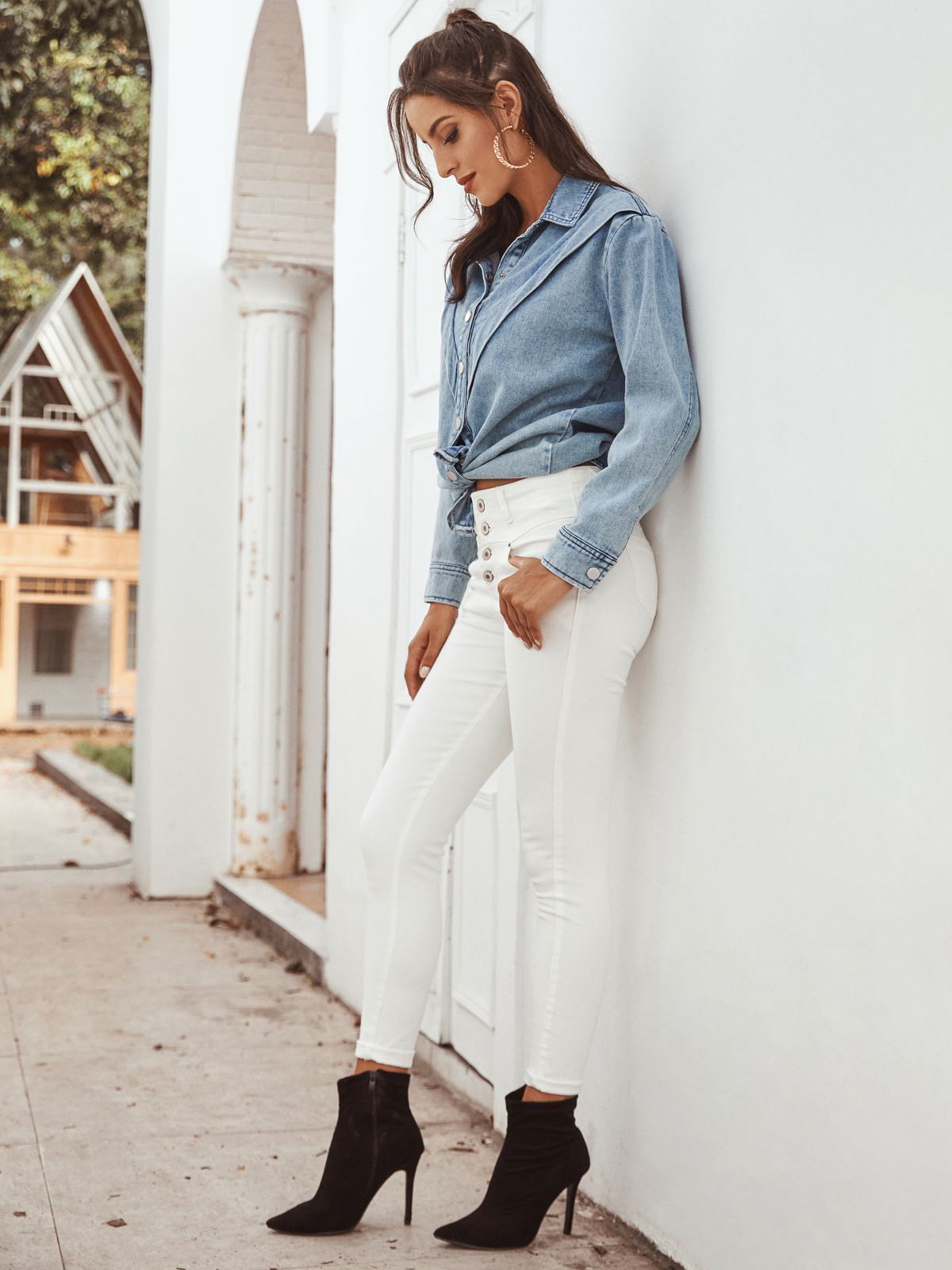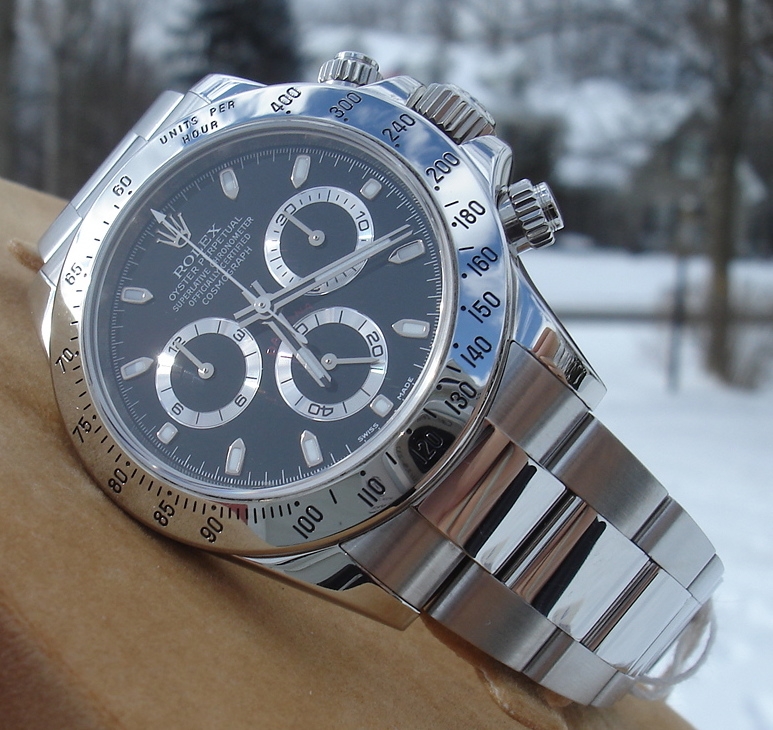Cecil Castellucci, author of two titles in the Minx lines of DC Young Adult comics for girls – The PLAIN Janes and the forthcoming Janes in Love graciously gave up some post-jury-duty time to answer a few questions. In the interests of full disclosure, I’ll say that Cecil and I have the same literary agent, but I hadn’t any contact with her before this interview.
KH: The PLAIN Janes has been listed on the Amelia Bloomer Project list for young readers, which lists feminist books for young readers. How do you feel about that?
CC: I feel most excellent about that.
I’ve known about the list for a few years and always thought that it was super cool. I never thought that I would have a book on the list, because even though I feel my books have positive feminist values in them, I kind of thought it went to books about Amelia Earhart and stuff. So when I found out that The PLAIN Janes made the list, it was like the coolest thing ever.
I’m a staunch feminist. I am proud to say I’m a feminist. And it always bums me out when I hear young girls saying that they aren’t feminists. If they can read a book like mine and the others on the list, the ones that are fiction and sort of not ‘scary’ to them, but are totally feminist, I think it’s all good. It makes that word less charged and it also lets the ladies sing out
KH: One of the criticisms leveled at The PLAIN Janes was that all the Janes are flat characters adhering too closely to high school stereotypes jock, geek, drama queen. Do you have any response?
CC: Glad you asked. Yes. I did that on purpose.
The point was to have all the characters be radically different and have different ideas of what cool would be and then come together with this one thing: Art. By accenting their differences, I felt that it was easier to talk about their strengths and uniqueness.
Also, those ‘cliches’ are a shorthand. We all know what a typical jock, drama girl, nerd, etc. are. Or at least we think we do. In The PLAIN Janes, if you look closely, they are all those things on the surface, but they are more than that. Even Cindy, the mean girl is more than just mean. Even James is more than just the Queer kid.
So I am very glad that everyone noticed that they were those stereotypes. I just wish that they saw the bigger picture of what I was trying to do.
I learned a lot from those comments though, and put a lot of thought into trying to make the characters still totally themselves, and their ‘stereotype’, but also a little more fleshed out in book two. I hope that people will see that.
KH: Another criticism actually came mostly regarding the preview that DC released of the first few pages, where Jane rejects the ‘cool kids’ table on the grounds that they look too cool. People saw this as hypocritical of her would you agree?
CC: Well, the preview pages don’t tell the whole story. For example, it didn’t show that Jane used to be a blonde popular girl like Cindy. And that after the bombing, she makes a conscious decision to change her world view. I mean, it does say that a little on that page, ‘I used to be her.’
And once again, Cindy and Jane form a kind of friendship, or a truce. Jane doesn’t totally reject Cindy and Cindy doesn’t totally reject Jane. They coexist. And cool is redefined.
I don’t know! This is a hard question! Maybe I don’t fully understand it! I never even knew that people were upset about the preview pages!
KH: You just don’t obsessively Google yourself enough.
CC: Drats! I fail!
Anyway, the other thing is that maybe people were reacting to it seeming like a ‘typical’ high school story. There are certain tropes that are a short hand. And then there is room to play. I think that I played with it.
And like I said, previews don’t tell the whole story. I don’t like it when I see a preview of a movie and then I’m like, ‘Damn, now I don’t even have to see the movie.’
KH: The bombing of Metro City bears obvious parallels to the WTC attacks, and dealing with the fear of knowing that ‘nowhere is safe’ is a constant theme of the comic. As a former New Yorker, was this a case of drawing from experience?
CC: It was drawing from experience, but I was not in NY on 9/11. I was in an IRA bombing when I was a young girl and that was where the personal part of it came from. I wanted to write a story that dealt with that fear that I had as a little girl and also the fear that came collectively from 9/11. I wanted to write a story that deal with the idea that the world can be mad and that we need to find hope and beauty in it. I purposely did not make it the WTC attacks, nor did I make it any specific city in America because I wanted the story to be free from the specifics of those events, while still dealing with the basic ideas.
KH: The book’s most emphasised theme is the redeeming quality of art and the way that beauty can combat fear (while, paradoxically, also cause it!). Is that something that’s personally important to you?
CC: Absolutely. I do believe that art can save.
I think that art, all types of art, whether professional or amateur have a way of reaching right down to the core of our humanity. And while art has the power to heal and to give voice to our fears, to connect us in this lonely world, it also has the power to cause it. Or to rally Think of Gurenica.
Art has the power to make us see the world in a new way. A play, a book, a painting, a dance. Anything. I believe in art as being one of the most human things that we can do. I believe that is the secret to our ability to come up with new ideas, invent things, make new technology, reach for the stars.
Pretty much all of my characters in all of my books are saved by art or find their fundamental self through art.
I LOVE ART!
KH: You’ve mentioned that it was important to you that the Janes have different body types. The dramatic Jane is distinctly solid, and sports lover Polly Jane is tall and thin, for example. However, though there are several characters of colour in the crowd scenes, the main characters all seem to read as white. Was this intentional?
CC: Well, Polly Jane is Latina and Theater Jane is Asian.
KH: Wow, I totally didn’t read that at all.
CC: Yep. That’s why PJ has the Frida Kahlo look. And Theater Jane, totally Asian.
In book two, Janes in Love there is a lot more diversity. (It is something that is equally important to me as body types)
KH: The reason I ask the question is because a friend of mine pointed this out to me and she was upset, because to her the art read white white white.
CC: That’s a total bummer! Not white at all. Even Cindy is Latina Cindy Sanchez.
In book two, we see more of PJ’s crush, Isaac, who is African American and there is a new character named Rizwan.
I think it’s one of those things, too, where the more time you have with a series, and hopefully I’ll get to do a book three, the more time you get to really fill your world up in an organic way.
KH: Well, I’m glad, but honestly, looking at these pages right now, I would never have seen it if you hadn’t just said.
CC: That’s so sad! Another thing I worked really hard on! Maybe had it been color it would have been easier to spot.
[Note: The artist for The PLAIN Janes is Jim Rugg, not Ms Castellucci, in case this interview erroneously gives that perception.]
KH: Possibly it’s a result of reading so many comics where you may just as well assume everyone’s white unless it’s totally obvious.
CC: Yes.
KH: (Or, in the case of Connor Hawke, isn’t obvious enough.)
CC: laughs
Like I said, something that I am totally on! I’m all over it like a jam on bread!
In all of my books, I have a lot of diversity. (For example, another thing, just fyi, is that Brain Jayne holds her books in front of her chest because her boobs are too big and that upsets her. That’s a body thing.)
While it’s true that my main characters are white, their worlds are not.
KH: What flavour jam?
CC: Grape.
KH: Speaking of book two, Janes in Love! Would you like to tell us about that?
CC: Yes! Janes in Love follows the girls right after book one ends. So we see what happens with Damon and with John Doe and the repercussions of that.
There is also a dance. And crushes. And of course art attacks, despite the trouble that it caused. I really think that book one and two make one big story.
- * * Janes in Love SPOILER WARNING! If you avoid that sort of thing, scroll down until I tell you it’s safe. * * *
KH: Does James find love?
CC: He does not find a boy to go to the dance with. But that doesn’t mean that he doesn’t try. (ie. go to a queer cafe and sit there.) And it doesn’t mean that he doesn’t find love one day, even if it’s not in this book.
If you are asking because of queer content, I can tell you that one of the Janes has two dads, and that a girl in the book may be questioning her orientation.
KH: No, I’m asking because I think he’s adorable and I want him happy.
- * * SPOILERS OVER! * * * Go about your day. CC: Oh, I love James! LOVE LOVE LOVE James! He is so funny and makes me so happy. If I get to do a book three, I’ve got mad plans for him.
KH: And he’s so brave!
CC: Yes, he really is. Totally himself.
KH: He sits there with his Queer Club notice every day.
CC: I know. I love him!
People criticized me for that, too. As unrealistic.
KH: No, some kids are really that brave.
CC: But you know, I went to an arts high school, and everyone was out. Yeah.
And also, I think that James is just totally self assured. He has a great sense of self. That’s why he’s the only one who is brave enough to sing at noon that day. He just is that cool.
KH: Uh, I seem to be abandoning all my journalistic objectivity. So, finally. Did you really spend six weeks in line for The Phantom Menace?
CC: laughs Yes.
I slept on Lou Rawls’ star every night in a tent. And I thought the movie was terrible. However, it was a wonderful adventure to do that. And I wear my Queen Amidala tattoo with pride now.
[Do you] have any more questions about that, which I am happy to answer?
KH: I am privately wondering how you peed.
CC: You can publish my peeing answer!
I went across the street to the Roosevelt Hotel and peed and did my business and brushed my teeth. There was also a guy on the line who lived two blocks away from the line. Him and I became buds. So we would march people over to his house (he gave me the spare key) and let people take showers.





